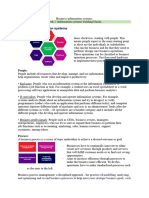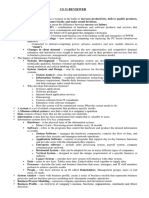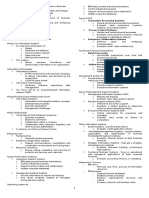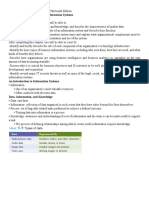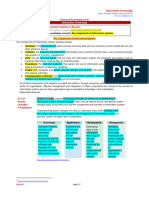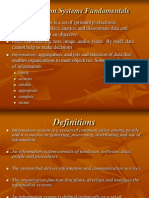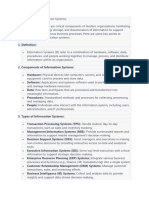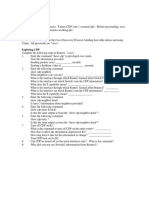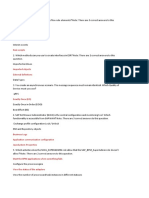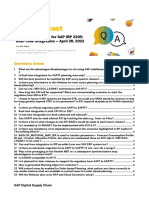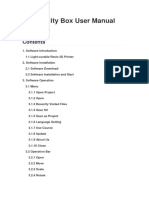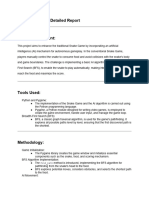0% found this document useful (0 votes)
23 views30 pagesUnit 2 Information System Building Blocks
The document outlines the key components and architecture of information systems, including hardware, software, data, people, and procedures, emphasizing their roles and interdependencies. It also presents a project aimed at developing a Revenue Collection and Taxpayers’ Records Management System for LGU Allacapan, addressing existing practices, problems, and compliance with software quality standards. Additionally, it discusses various information system applications, their functionalities, and the importance of data management and human resources in system development and maintenance.
Uploaded by
sherwin gamingCopyright
© © All Rights Reserved
We take content rights seriously. If you suspect this is your content, claim it here.
Available Formats
Download as PDF, TXT or read online on Scribd
0% found this document useful (0 votes)
23 views30 pagesUnit 2 Information System Building Blocks
The document outlines the key components and architecture of information systems, including hardware, software, data, people, and procedures, emphasizing their roles and interdependencies. It also presents a project aimed at developing a Revenue Collection and Taxpayers’ Records Management System for LGU Allacapan, addressing existing practices, problems, and compliance with software quality standards. Additionally, it discusses various information system applications, their functionalities, and the importance of data management and human resources in system development and maintenance.
Uploaded by
sherwin gamingCopyright
© © All Rights Reserved
We take content rights seriously. If you suspect this is your content, claim it here.
Available Formats
Download as PDF, TXT or read online on Scribd
/ 30
























